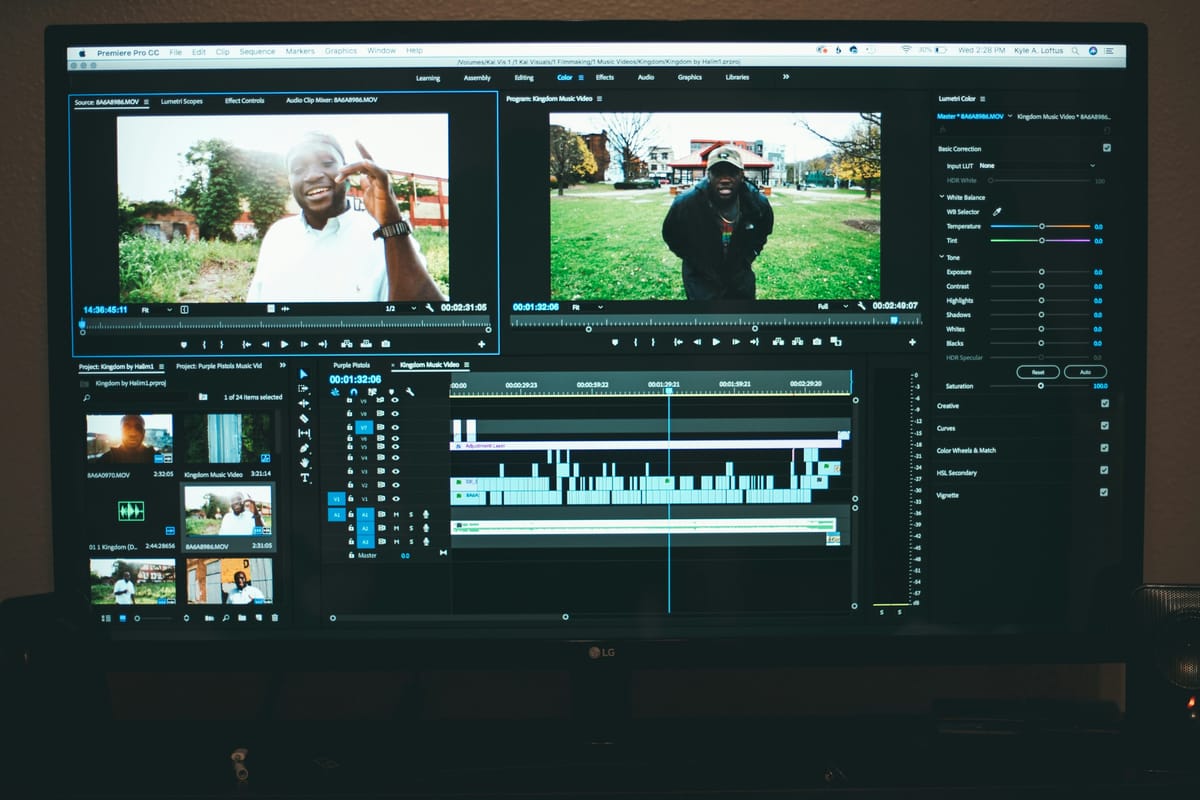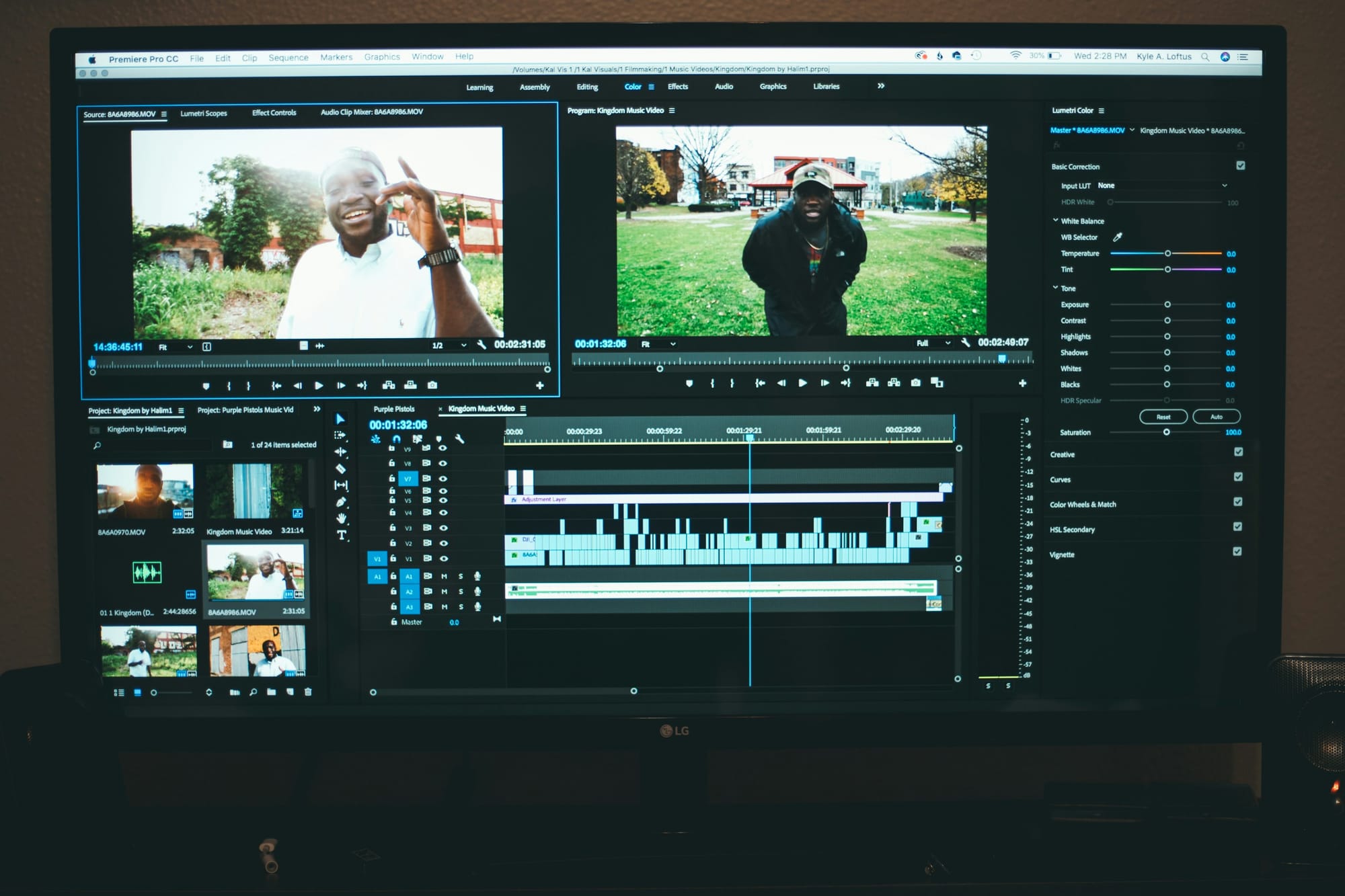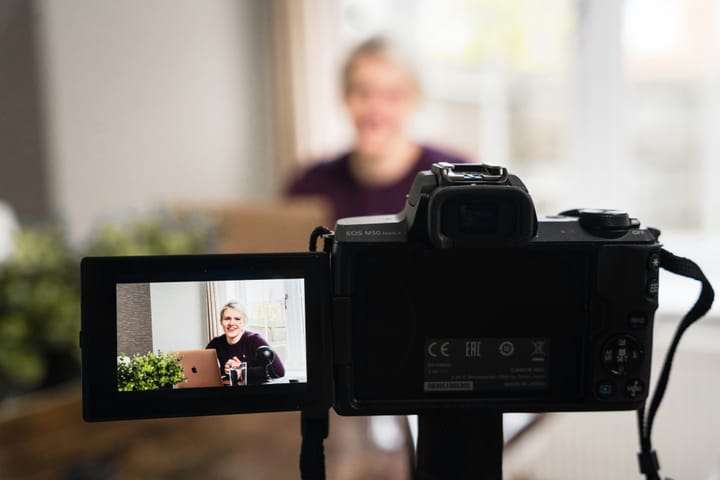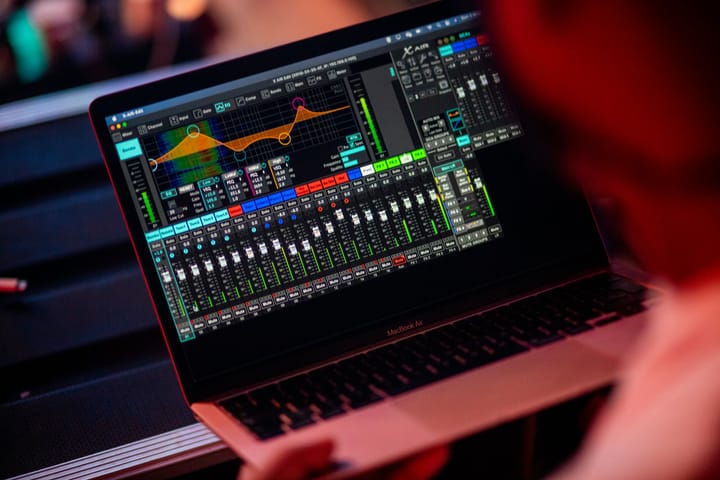Unlock Your Creative Vision: Masterful Video Editing Tutorials Unleashed
The digital world and content creation has massively influenced the video editing style and formats of video editors today.


Key Takeaways:
- Embrace the power of storytelling in your edits; it's not just about cutting, it's about weaving a compelling narrative.
- Utilize the 'J' and 'L' cuts to create a seamless audio-visual experience that keeps viewers engaged.
- The rule of thirds isn't just for photography; apply it in your video editing to enhance composition and visual interest.
The digital world and content creation has massively influenced the video editing style and formats of video editors today. If you desire to master video editing, take note that this skill won’t happen overnight. Gaining multiple experience, and learning from tutorials will improve over and over again.
If you are an aspiring content creator or a student looking for insights about video editing, take note that editing cannot be avoided. Editing is alway part of the process from pre-production, during the production, and mostly post-production.
Entering into the world of video editing opens up a universe of creative possibilities. In the earliest forms of video editing were done manually by physically cutting and rejoining film strips, a stark contrast to the digital magic we perform today.
Here, we will break down the top tips and tricks in mastering video editing:
- Storytelling: The Heart of Your Edit
A great video has a story to tell. Every edit will affect the outcome of the video. Every cut, transition, and effect should serve your narrative. Think of your video as a storybook, where each scene is a chapter contributing to the overall tale. In editing, you include tone, emotions, and feeling. Your passion for editing will reflect in the audience if they capture the right emotions and understand the intended message. - Smooth Transitions with 'J' and 'L' Cuts
The 'J' and 'L' cuts are simple yet effective techniques that allow the audio from one clip to start before the video switches ('J' cut) or to continue playing after the video has switched ('L' cut). This creates a more natural and immersive viewing experience. Mastering 'J' and 'L' cuts can significantly elevate the flow of your narrative. - Harnessing the Rule of Thirds
Borrowing from the principles of photography, the rule of thirds involves dividing your frame into a 3x3 grid and positioning your subject along these lines or their intersections. This technique brings balance and interest to your compositions.
4 Easy Tips and Tricks on How to Edit Like a Pro:
- Edit Using Your Audio Waveforms: Audio waveforms are graphical representations of sound waves. During editing, you'll notice that the waveforms aren't consistent, often interrupted by pauses or breaks in speech. You can easily identify sections to cut by looking for solid waveforms, indicating periods of silence. These sections can be trimmed to improve the flow and pacing of your audio.
- Use B-Roll: B-Roll can help to cover up your jump cuts.
- Use Cropping: Cropping in and out will help your video appear as if you are continuously speaking.
- Staying in Your Position: Remaining in your position while recording videos will make it easier to edit your clips, especially when you need to crop in or out or add effects.
Top 3 Apps for Learning Video Editing:
- Adobe Premiere Pro: A powerhouse in the video editing world, offering extensive tutorials that cover everything from basic cuts to advanced color grading and effects.
- Final Cut Pro: Apple's answer to professional video editing, known for its sleek interface and comprehensive library of educational resources for users of all levels.
- DaVinci Resolve: Not just for color correction, DaVinci Resolve provides a robust platform for editing, with a wealth of tutorials to help you master its wide range of features.
FAQ
Q: Can I learn video editing on my own?
A: Absolutely! With countless tutorials available online and user-friendly software, self-learning video editing has never been more accessible.
Q: How long does it take to become proficient in video editing?
A: Proficiency depends on the individual's dedication and practice. With consistent learning and experimentation, noticeable improvement can be seen in a few months.
Q: Do I need expensive software to start learning video editing?
A: Not necessarily. Many affordable and even free software options offer extensive features suitable for beginners and professionals alike.
Video editing is an art form that combines technical skill with creative vision. By focusing on storytelling, utilizing effective editing techniques, and leveraging educational resources from leading software, anyone can transform raw footage into compelling narratives. Remember, the journey to mastering video editing is ongoing, with each project offering new opportunities to refine your skills and express your creative vision.


